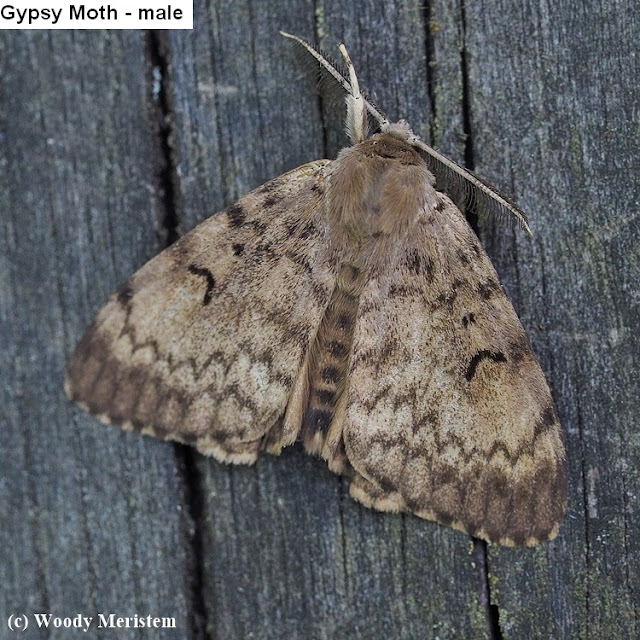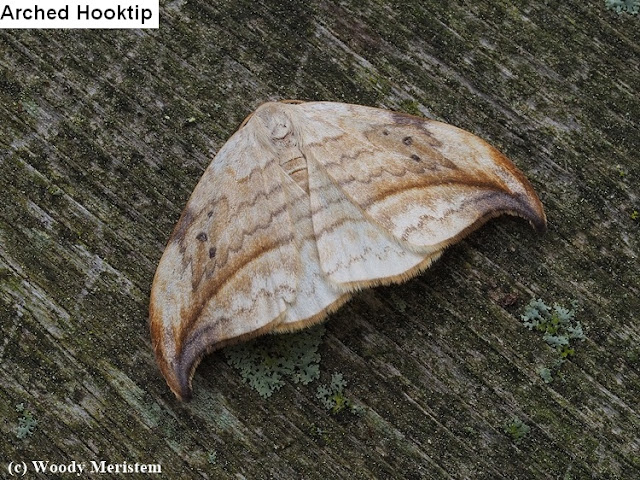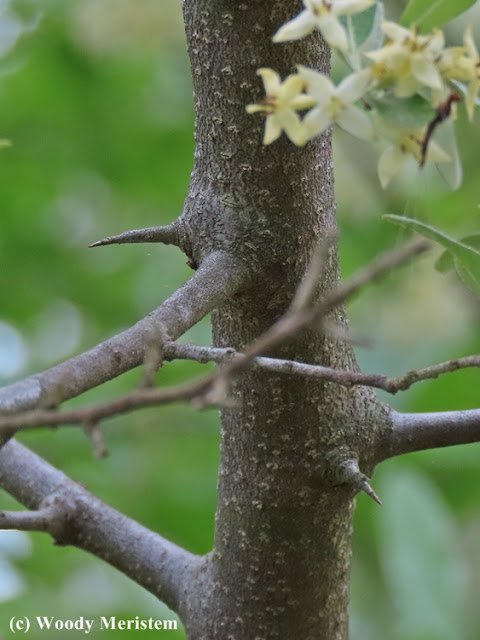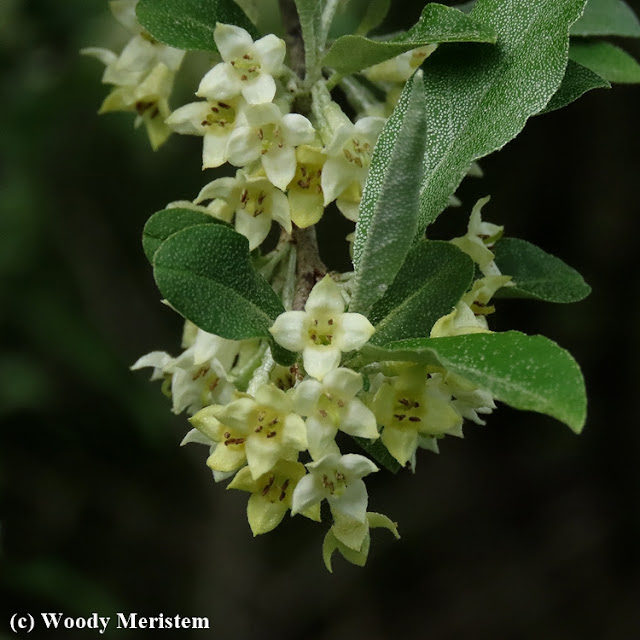Mid-July is usually the hottest time of year in northcentral Pennsylvania and the day was about to live up to that. The forecast high for the day was 92° F – not at all my kind of weather.
It was still cool and overcast in the morning as I headed for a parcel of state game lands to walk some of the roads. State game lands are managed for wildlife by the Pennsylvania Game Commission but are open to all whether they’re hunters or not. This parcel has some open fields, a couple of shallow-water impoundments and both young and mature woodland – it’s a great place to wander about with a camera.
One of the first subjects for my camera was a small group of black-eyed-Susan flowers –
On one of those flowers were two small weevils –
Watching the larger weevil for a few moments revealed that it was feeding on pollen –
A short way along this old road, which is one of H’s favorite walks, –
– a few blackberries were ripening, food for a myriad of creatures –
And a monarch butterfly landed on a leaf in the opening –
In that open area grew a number of wild bergamot, the monarch may have been headed for those flowers and the nectar they contain –
Later, two birds flew up from the roadside shrubs, and what were they but a pair of cedar waxwings, the male landed on a dead branch above the road –
While the female, carrying nesting material, landed low in a small tree; cedar waxwings nest later than most birds –
As a shallow-water impoundment came into view I heard several wood ducks taking off. By peering through the shrubs bordering the water I got a glimpse of a female wood duck on a fallen log –
She saw me too and off she went so I continued my walk along the water’s edge. In a more open area there was a mass of greater bladderwort; bladderworts are carnivorous plants, feeding on tiny aquatic creatures that are caught in the plants’ small underwater bladder-like structures. The flowers of all but one northeastern species are bright yellow –
At the second shallow-water impoundment nine great blue herons flushed as soon as they saw a human. But one stayed behind, perched on a dead tree –
.JPG) |
By now I’d been walking for over two hours and the day’s heat was building – time to head for home. But not far from the car there was one final interesting sighting: a pile of black bear droppings full of cherry pits and blackberry seeds –
Enough of the heat, home I went.










.JPG)























.JPG)
.jpg)
.JPG)








.jpg)

.JPG)
.JPG)
.JPG)
.jpg)
.jpg)
.jpg)